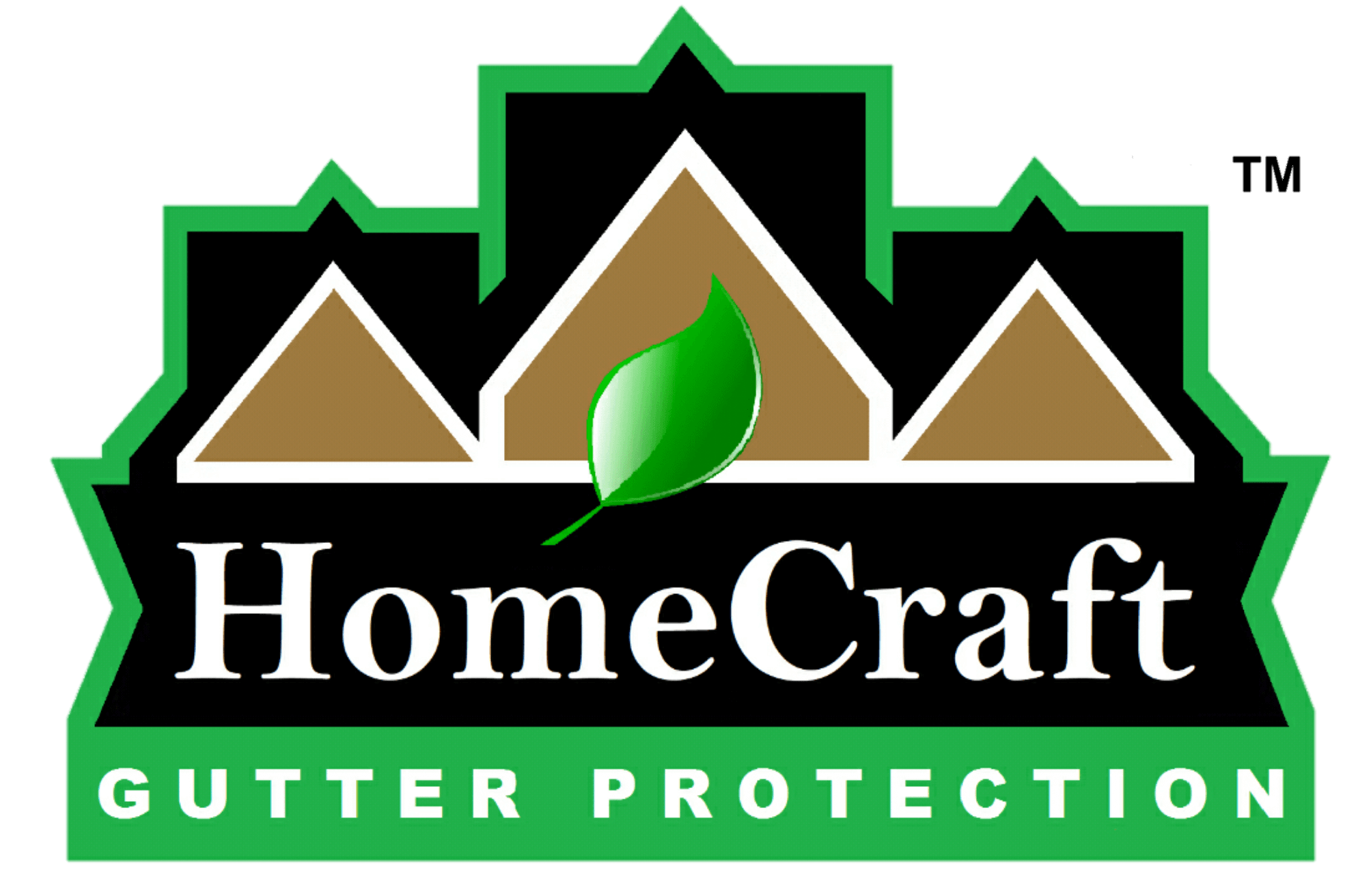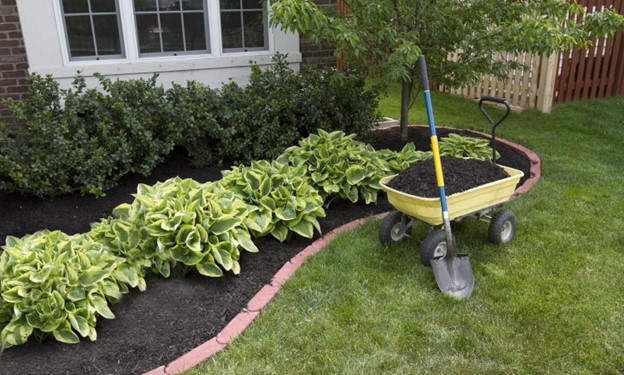Having a yard in your compound has many benefits; you can plant your favorite flowers, but sometimes, disasters can happen in the yard, soil erosion. However, you need to know how to stop erosion in your yard, as it can clog your drains and lower your soil quality.
Unfortunately, erosion is a natural disaster, and it’s hard to avoid it. However, some human activities can make erosion even worse. Luckily, erosion in the yard is manageable by following simple measures.
In this article, we will look into how you can stop erosion in your yard. Let’s get started.
What is Erosion?
Erosion is the movement of soil particles by water or wind to a new location. Erosion is a natural process that sweeps away your topsoil. Areas in your yard that are likely prone to erosion are without vegetation and on steep slopes.
How to Stop Erosion in Your Yard
1. Plant Grass or Plants
Bare soil can easily be swept away by wind or water, which are the major causes of erosion in your yard. Plant roots help to hold the soil particles together, while the leaves block wind from breaking the soil particles.
You can plant ornamental grass or low-spreading grass in your yard as they help to completely cover the yard. So, if your yard is bare and has a steep slope, you need to cover it to protect it from erosion.
2. Add Mulch
Mulching is one of the easiest ways to prevent erosion. It helps to weigh down the soil and protects it from being washed away. Furthermore, it slows water absorption to reduce runoff. Mulching works best on gentle slopes as it can move on steep hills.
Some of the materials that would make good mulch include leaves, gravel, rocks, wood chips, and pine needles.
3. Build Retaining Walls
Building a solid retaining wall around your property will protect it from erosion. However, this method is mainly used in coastal areas with homes close to the shoreline to protect them from strong winds, flooding, or large waves.
However, you can still use this method even if your house is not close to the sea, as it will protect your yard and stop soil erosion, especially if you live in sloppy areas. You can build the wall with rocks, concrete blocks, or treated wood to prevent it from rotting.
4. Reduce Overwatering
Overwatering is yet another cause of erosion around your yard. Over-watering can encourage erosion in that the soil will be swept away. Use less water on your plants if possible, and there will be no water on the surface to sweep away the topsoil.
5. Improve Your Drainage
Improving your drainage system will also help to eliminate erosion. Ensure your home has rain gutters and downspouts that will drain rainwater away from your home’s yard. Also, ensure your drainage system is functioning well and not clogged. Besides, if you live in areas receiving heavy rainfall, you can install underground perforated pipes.
6. Avoid Soil Compaction
When people or machines step on soil for too long, the soil is pressed down hence compacting it into a dense layer. And since there are fewer spaces in the compacted soil, water is hard to drain and so sweeps away the topsoil.
So, instead of trampling on the soil, especially when wet, you can walk on paving stones. Besides, it’s also hard to plant on compacted soil as it’s hard for the roots to penetrate through.
7. Install Erosion Control Blankets
Erosion control blankets control erosion by slowing down water as it moves on the surface. The erosion control blankets are mainly made from natural materials like coconut fiber, jute, or open weave biodegradable.
In addition, you can also use synthetic materials that are made from plastic netting. However, they are hard to install, although they protect more than the topsoil.
8. Put Down Fiber Logs
This is mainly used to control erosion on steep slopes. You can add a series of rolled-up logs in your yard, mainly made from fibrous materials. Place the logs downward on the slope 10 to 25 feet apart. You can hold the logs in place with sturdy plants or wooden stakes.
So, when water runs down the hill, it will hit the logs and soak into the soil rather than carry mud down the hill.
9. Install French Drains
French drains are underground channels that collect and redirect water from the area you want to protect from erosion. They are mainly pipes buried underground, which look like trenches and have ridges on top.
They allow water to flow through the trench from your yard to another location for draining hence controlling erosion in your yard.
10. Change Your Irrigation System
If your yard is suffering from erosion and you would like to stop it, consider changing your irrigation system. Most people use sprinkler systems or hose that leave a lot of water on the top. You can switch to drip irrigation or a soaker hose.
This method releases water directly and evenly into the ground instead of leaving it on the surface. This helps to stop erosion.
11. Make a Rain Garden
Rain Gardens are areas of land set aside to hold water runoff. They are mainly built on steep slopes filled with river rocks, plants, and other natural materials. They reduce erosion by slowing down the rate at which stormwater flows into streams.
12. Place Stones Strategically
Placing stones in your yard helps to control erosion. Find spots in your yard that are always wet, as those areas are likely to experience erosion. Plus, these are the best spots to place the stones.
Start by placing large stones and then add smaller ones in between as filter materials so that the large stones don’t shift during a heavy downpour.
13. Plant Trees
Trees are excellent when it comes to controlling erosion. They will also provide shade and make your yard more beautiful. Their roots help to bind soil in slope areas hence reducing erosion.
Why Controlling Erosion is Important
1. To Protect Land Fertility
Topsoil contains most of the soil’s nutrients and organic matter that deeper soil layers don’t have. So, protecting the topsoil is very important. The topsoil is vulnerable to erosion, and when it’s swept away, the fertility of the soil is gone as well, so there will be no fertile soil to grow plants.
According to the UN Food and Agriculture Organization, 90% of Earth’s topsoil will be at risk by 2050. This means there will be no fertile soil to grow food to feed people.
2. To Prevent Sediment Pollution
As erosion occurs, it breaks down soil particles producing a product known as sediment. These sediments are transported to new locations, usually water bodies like rivers, lakes, ponds, or streams, and which are harmful to aquatic ecosystems.
Sediments raise water levels hence the risk of flooding; they clog fish gills and are unable to breathe well and increase the cost of water treatment, among others.
3. To Prevent Toxic Runoff
There are toxic chemicals that are entangled in the soil in your yard, like fertilizers, herbicides, and pesticides. So, when the water sweeps the soil, it’s transported to local water bodies like rivers and streams.
So, when aquatic organisms are exposed to these toxic chemicals, they often die, reducing their numbers.
4. To Avoid Natural Disasters
Erosion causes natural disasters like flooding, mudslides, and landslides, which destroy structures like homes, schools, and hospitals in the area.
What are the Best Materials to Stop Erosion?
Shrubs and grass are the most effective ways to stop soil erosion. This is because their roots hold the soil together so it does not erode. Plus, their leaves help to reduce the impact of raindrops on the ground, thus preventing the soil from dislodging, which leads to erosion.
What is the Simple Way to Prevent Erosion?
For areas that experience light erosion, replanting vegetation and covering it with mulch is the best solution, and for erosion along footpaths, placing stones and adding mulch will help. However, for areas experiencing heavy erosion, creating terraces is the most effective way.
Is Erosion a Global Issue?
Yes. Erosion is a global problem. It causes the fertile topsoil to lose its fertility. This threatens food security worldwide.
How Do You Prevent Erosion in Sloped Yards?
Cover the hillsides, bare patches of soil, and spaces between the plants with mulch. This will protect the soil from overwatering and heavy rainfall hence keeping the soil particles in place. You can also add extra plants to the bare patches of your yard.
In a Nutshell
Erosion is a serious global problem; when you experience it in your yard, you should take quick action and prevent it. Failing to control pollution in your yard can lead to serious problems like water pollution, natural disasters, and loss of soil fertility. The above 13 ways will help you stop erosion in your yard.



